T4K3.news
Fourth death linked to Legionnaires outbreak in NYC
A fourth death is reported in the Harlem Legionnaires outbreak as cooling towers continue remediation across city buildings.
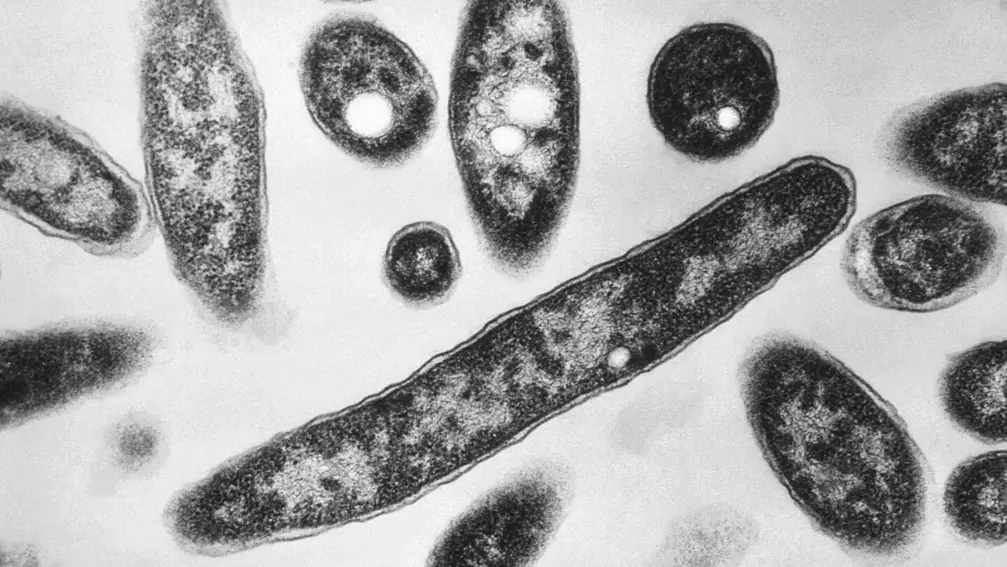
A fourth death is reported as cooling towers linked to a Legionnaires disease outbreak in Central Harlem are being remediated.
Fourth death in New York Legionnaires outbreak tests city health resilience
The outbreak began in late July in Central Harlem and has sickened dozens. As of Thursday, 17 people were hospitalized. Health officials said 12 cooling towers across 10 buildings tested positive for Legionella bacteria, including a city hospital and a sexual health clinic. Remediation is complete on 11 towers, with the final one due to be completed Friday.
Legionnaires disease is a form of pneumonia caused by Legionella bacteria that grow in warm water and spread through building water systems. The typical incubation period is two days to two weeks, and symptoms include cough, fever, headaches, muscle aches, and shortness of breath. Dr. Michelle Morse, acting health commissioner, said new cases in Central Harlem have begun to decline, which indicates that the sources of the bacteria have been contained. Residents and workers in the area are advised to seek care if they develop flu-like symptoms.
Key Takeaways
"New cases in the Central Harlem outbreak have begun to decline, which indicates that the sources of the bacteria have been contained."
Direct statement from the health commissioner on containment.
"Remediation efforts have been completed on 11 of the cooling towers."
Progress update from officials on the outbreak response.
"People who live or work in the area should contact a health care provider if they develop flu-like symptoms."
Public health guidance issued to residents.
"The final tower remediation is expected Friday."
Schedule update from officials.
The outbreak shines a light on how city infrastructure intersects daily life. Cooling towers are common in dense urban areas, and keeping them safe requires ongoing maintenance, clear oversight, and steady funding. The progress shown by remediation efforts matters beyond this specific case because it signals how well a city weds public health to everyday infrastructure.
This situation also tests how information is shared with the public. Officials must balance transparency with reassurance to prevent panic while ensuring people know when to seek care. Long-term safety will rely on sustained investment and stronger checks on water systems in city buildings.
Highlights
- Containment is a process not a headline
- Public health needs steady funding not slogans
- Water systems demand constant maintenance not quick fixes
- A city that treats outbreaks as one off tasks falls behind
Public health risk and budget implications in Harlem Legionnaires outbreak
The outbreak underscores vulnerabilities in urban water systems and the need for sustained funding, oversight, and clear communication to prevent public backlash. As remediation expands, budget planning and political sensitivity are likely to become focal points.
Cities protect people when they invest in the systems that touch daily life.
Enjoyed this? Let your friends know!
Related News
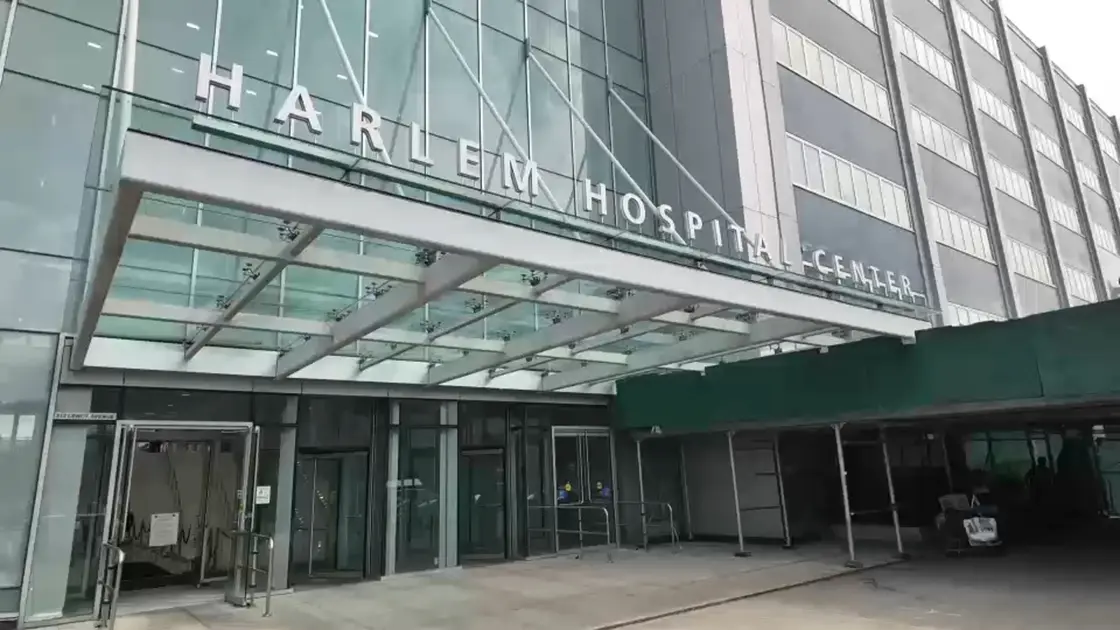
Harlem Legionnaires Update

Harlem Legionnaires outbreak linked to government buildings
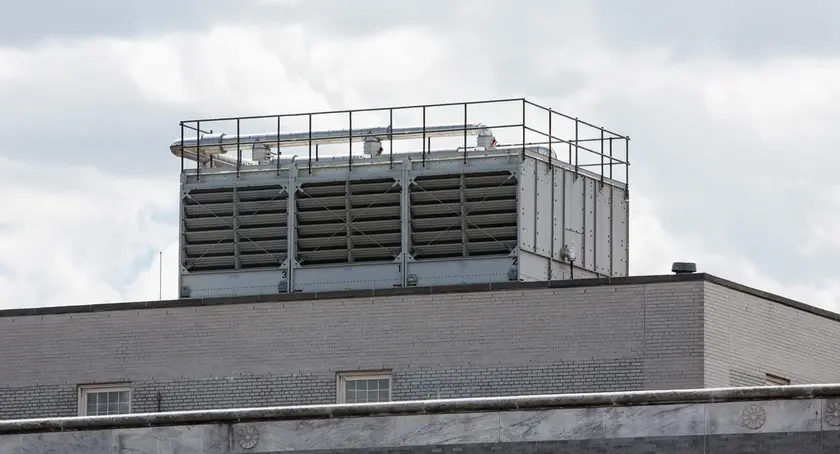
Second death reported in Harlem Legionnaires' outbreak
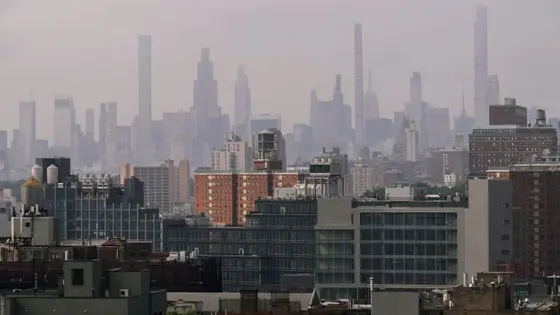
Legionnaires cases rise to 90 in NYC

Legionnaires’ disease outbreak in Harlem
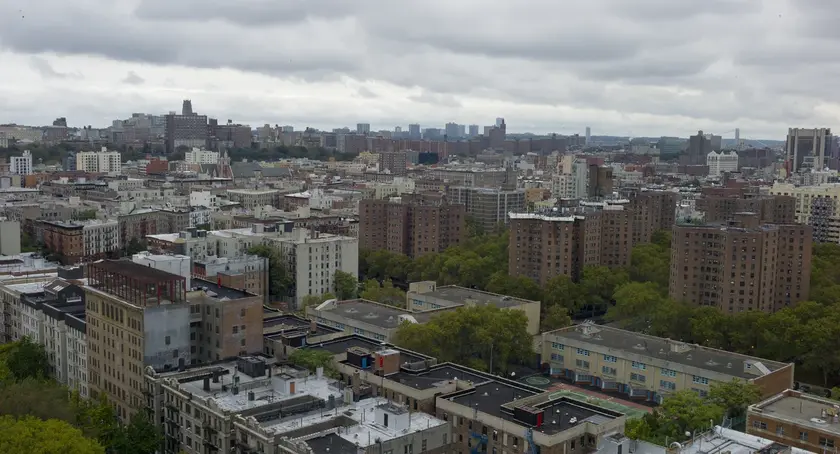
NYC Legionnaires outbreak prompts inspection review
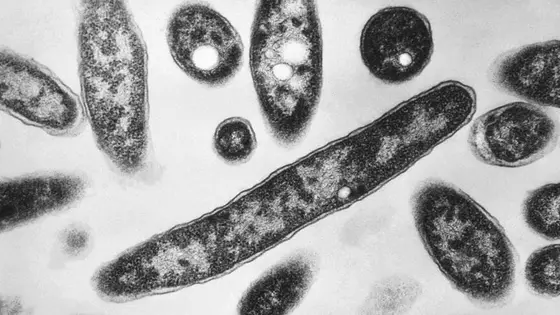
Legionnaires’ disease outbreak in NYC confirmed
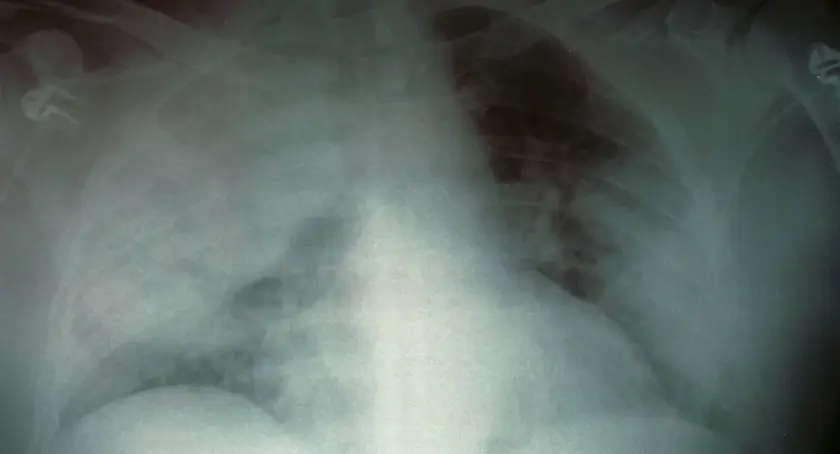
Legionnaires' disease outbreak in Central Harlem
